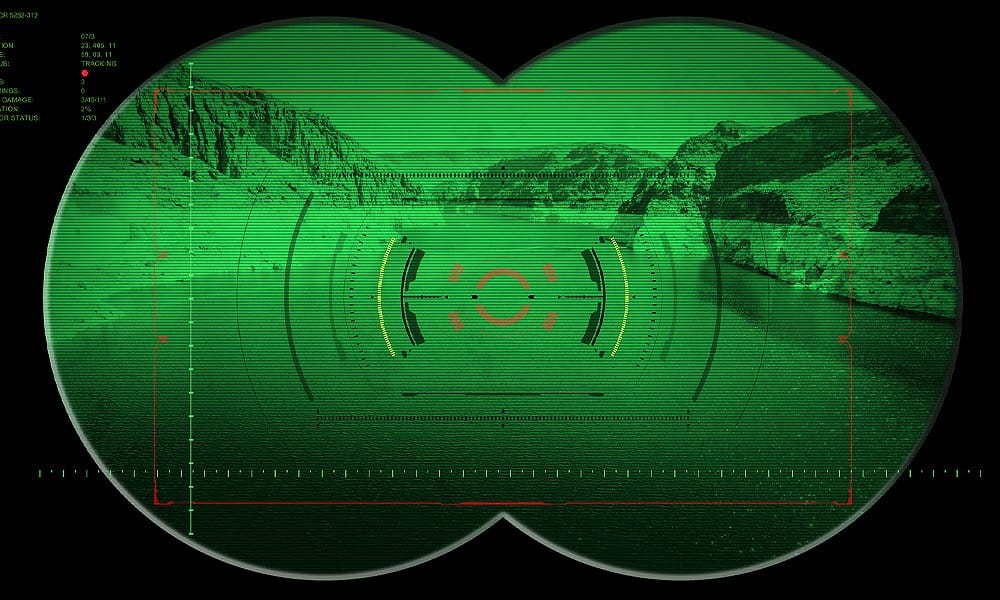You may have seen in spy or action movies that a person, who wears a pair of night-vision goggles, can find someone else in a dark room even on a moonless light. A proper night-vision technology will help you see a person who stands over 183 m (200 yards) away on a cloudy, moonless night.
Different ways of night vision
There are two ways for night-vision to work according to the technologies used.
- Image enhancement: In this type of night vision, the tiny amounts of light such as the lower area of the infrared light spectrum are collected. Even though we cannot see it with our eyes, technology can amplify it so that we can observe the image easily.
Thermal imaging: In this technology, the upper part of the infrared light spectrum is captured. The objects emit these portions as heat instead of reflecting light. Hotter objects like warm bodies will emit more amount light, while cooler objects such as trees or buildings emit less.
The wavelength and the amount of energy in a light wave are interrelated. A light wave with a shorter wavelength possesses higher energy. Of visible light, red has the least energy and violet has the most. The infrared spectrum has the highest energy next to the visible light spectrum.
Types of night vision
- Light amplification or intensification
- Thermal application or infrared application
Light amplifying technology
Most consumer night vision products use light amplifying technique.
In this method, the small amount of light energy (photons), which is available from the surrounding like moonlight or starlight is converted into electrical energy (electrons).
- When the electrons pass through a thin disk that contains about 10 million channels and has a size of a quarter, the electrons hit on the channel walls and are released in multiple numbers.
- These electrons then will bounce off a phosphor screen and this will lead to the conversion of the electrons back into photons.
- As a result of these processes, you will get a clear nighttime view, even if it is really dark.
Thermal application technology
- In this method, infrared light, which is emitted by the objects, is focused by a special lens
- A phased group of infrared light detector elements scans the focused light and creates a detailed temperature pattern known as a thermogram. The detector array requires only about one-thirtieth of a second for obtaining the temperature information in order to make the thermogram. The information is getting from many points in the field of the detector array.
- The thermogram is then translated into electronic impulses.
The impulses will be sent in a signal processing unit, which is a circuit board that possesses a dedicated chip.
It can transmit the information to the display. Here it will appear in different colors according to the infrared emission intensity.
All these impulses from all of the elements are combined to create the image
Bottom Line
Most thermal imaging devices can scan at a rate of 30 times per second and sense temperature that ranges from -20 degree Celsius to 2000 C. Importance of technology is significantly higher when it comes to enhancing the night vision technology for various purposes.
